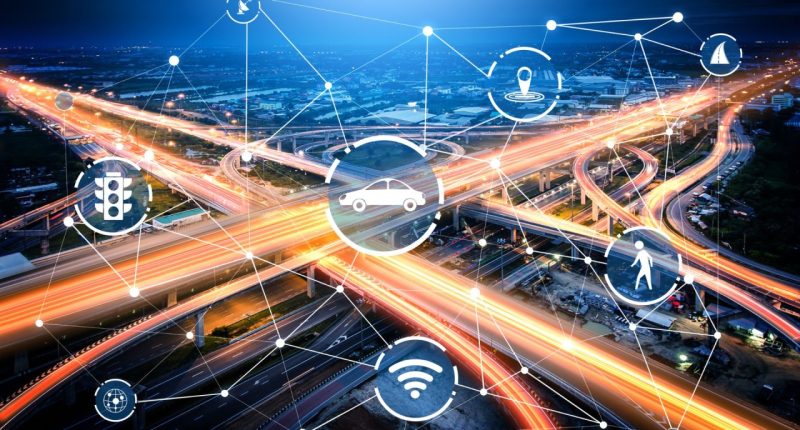Introduction to the Future of Mobility
Why Mobility is Transforming in 2025
The mobility landscape is undergoing a seismic shift in 2025, driven by technological advancements, urbanization, and sustainability goals. From autonomous vehicles to smart transportation systems, the future of mobility promises to redefine how we move, commute, and interact with urban spaces.
Key Mobility Trends in 2025
The Rise of Autonomous Vehicles
Autonomous vehicles (AVs) are no longer confined to pilot programs. In 2025, commercial deployments of AVs are expanding globally, especially in geofenced urban areas. These vehicles leverage AI-powered sensor fusion and V2X (Vehicle-to-Everything) communication to enhance safety and traffic flow. Europe is leading regulatory efforts to ensure the safe integration of driverless cars into public infrastructure.
Electrification and Battery Innovation
Electric vehicles (EVs) continue to dominate the market thanks to advancements in solid-state batteries. These innovations promise faster charging times, extended driving ranges, and lower production costs. Wireless charging and localized battery manufacturing are further accelerating EV adoption, making electric mobility more accessible than ever.
Sustainable Urban Mobility Solutions
Smart Cities and IoT-Enabled Transportation
Smart city initiatives are reshaping urban mobility by integrating IoT (Internet of Things) solutions. Sensor-embedded roads, blockchain-secured V2X communication, and real-time traffic management systems are creating safer and more efficient transportation networks. These innovations reduce congestion and improve commuter experiences.
Cycling as a Primary Urban Transport Mode
Cities worldwide are investing heavily in cycling infrastructure. Protected bike lanes, smart traffic signals for cyclists, and connected bike paths are transforming cycling into a viable primary mode of transport. This shift aligns with the growing consumer preference for eco-friendly travel options.
Interoperability and Payment Ecosystems
Seamless Travel Through Unified Platforms
The concept of interoperability is revolutionizing public transportation. Commuters can now plan, book, and pay for multiple modes of transport through a single app or card. Cities like Singapore and Quito have already implemented such systems, making public transit more user-centric.
Building Stronger Payment Ecosystems
Collaboration between banks, transport operators, and tech providers is creating robust payment ecosystems. These systems simplify fare collection while promoting financial inclusion by enabling unbanked populations to access public transit through digital payments.
The Role of AI in Mobility
AI-Driven Predictive Analytics
Artificial intelligence is optimizing traffic management through predictive analytics. Tools like PTV Model2Go reduce congestion by analyzing real-time data. AI also enhances fleet maintenance by predicting mechanical failures before they occur, minimizing downtime.
Personalized In-Car Experiences
Conversational AI is transforming the in-car experience by offering personalized navigation assistance and entertainment options. These innovations improve user satisfaction while fostering a deeper connection between passengers and their vehicles.
Challenges and Opportunities Ahead
Sustainability vs. Consumer Demand
While EVs and hydrogen fuel cells are gaining traction, hybrids remain popular due to their affordability and practicality. Striking a balance between sustainability goals and consumer preferences will be crucial for long-term success.
Regulatory Frameworks for Emerging Technologies
Governments must establish clear regulations for technologies like autonomous vehicles and blockchain-enabled transportation systems. Ensuring safety while fostering innovation will be key to overcoming these challenges.
The Road Ahead for Mobility
Embracing a Connected Future
The future of mobility lies in connectivity, sustainability, and innovation. As cities adopt smarter technologies and consumers embrace greener alternatives, 2025 marks a pivotal year for redefining how we move through our world.
By staying ahead of these trends, businesses, governments, and individuals can collectively shape a more efficient and sustainable transportation ecosystem.









